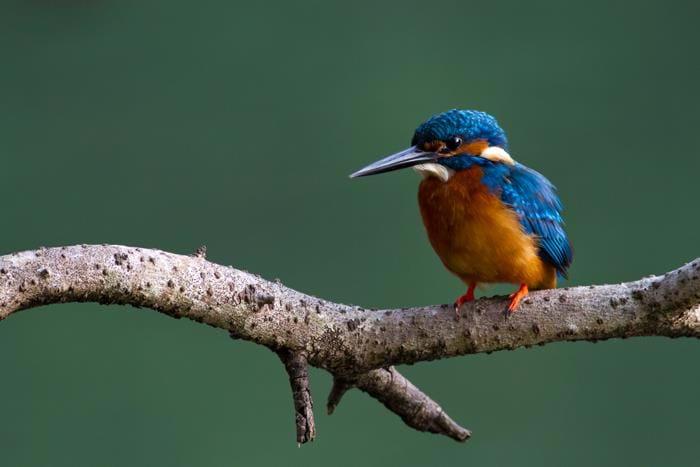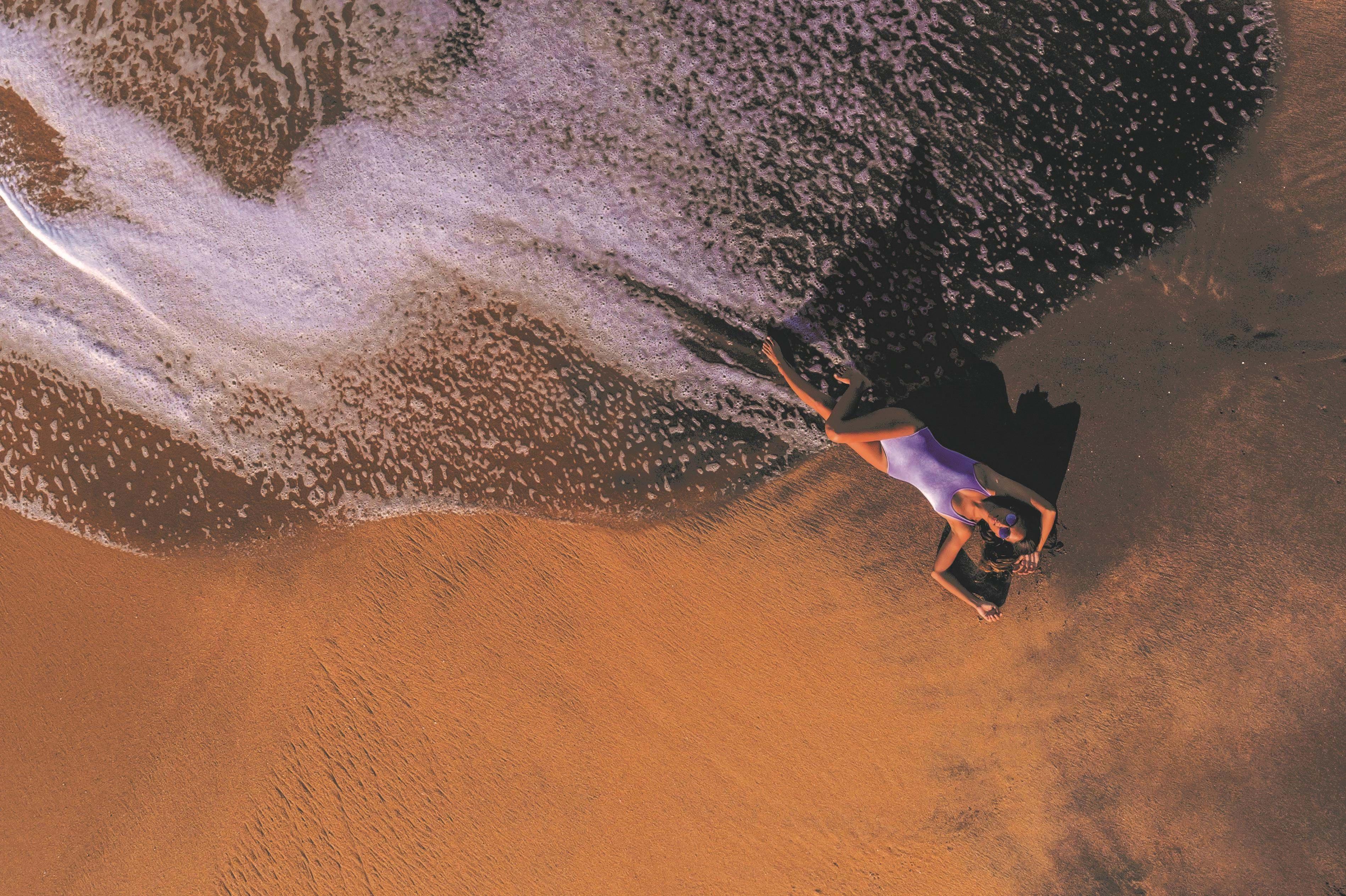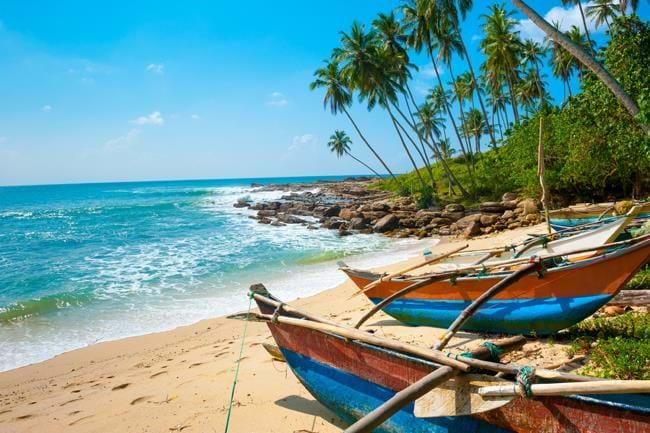India 21.04.2015 Updated: Transindus
Goa may have become famous due to its stunning beaches, but this is not the only reason to visit the Indian state. There are a wide range of cultural attractions to visit and many ancient traditions are still going strong. With a burgeoning food and drink scene combining local flavours with outside influences, there are many elements of Goa that will seduce you before a step is even taken on the sand.
Panjim
Goa's state capital occupies a pleasant riverside location, with plenty of low-rise buildings and some architectural gems. Panjim first came into existence in the late 18th century and had fully established itself as a bustling city by the 1820s. This is when Portuguese colonialism reigned in the region, with many of the impressive edifices dating back to this time. In recent years they have been painted in pastel colours, fusing traditional Goan style with that of the colonists.
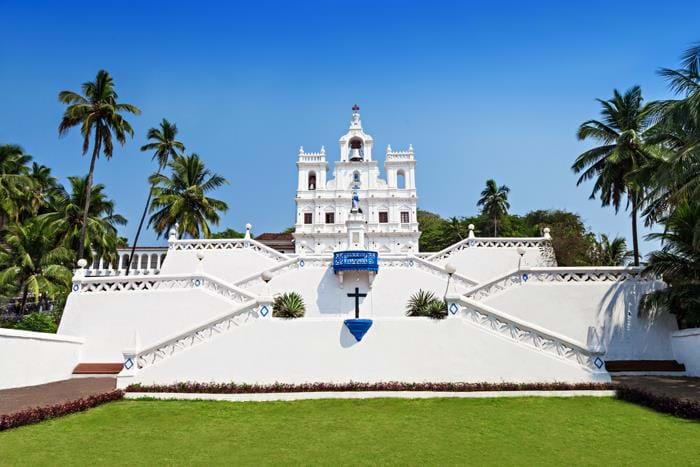
Secretariat Building
It is worth seeking out the Secretariat Building while in Panjim as it is the oldest colonial edifice in the whole of Goa. This symbolic piece of architecture was built on the site of the grand summer palace of Goa's 15th century sultan Yusuf Adil Shah and was made into a customs post when the Portuguese took over.
Fontainhas
The old Latin quarter of Panjim is one of the best places to see the influence that Portugal has had on the region. Here, the streets are narrow, with the old villas and buildings standing out from the crowd. They were built in a haphazard manner during the colonial rule, but this is not the overall feel of the place, which very much resembles a European city in India. Wandering around and exploring the old and new with buildings in various states of disrepair is fascinating.
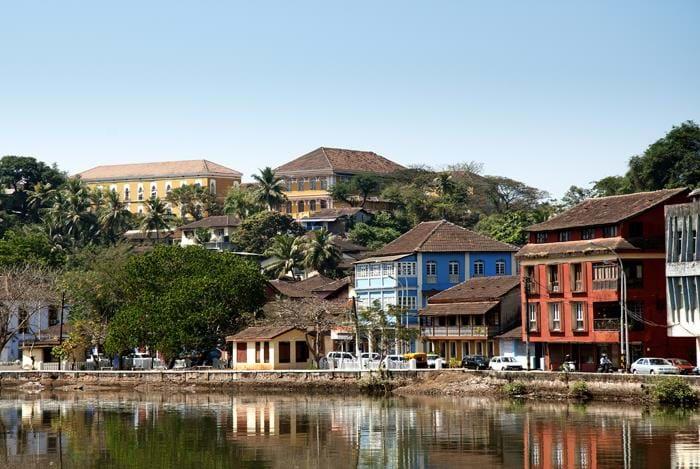
Old Goa
The original colonial capital of Goa is located a few kilometres away from modern-day Panjim and linked to it by way of a causeway. This stretch of land takes visitors past many of the old salt pans to a place where the earliest colonial architecture can be found. Many of the wide avenues are now empty, but the churches that remain are particularly interesting to explore. These, along with a number of convents have been recognised by the United Nations Educational, Scientific and Cultural Organization (UNESCO) as a World Heritage Site.
Se Cathedral
The cathedral in Old Goa is dedicated to St Catherine of Alexandria, but is best known as Se Cathedral. It opened to the public in 1640 and has remained a place of worship ever since. The huge edifice dominates the Terreiro de Sabaio Square upon which it sits, with a Tuscan style exterior and Corinthian interior.
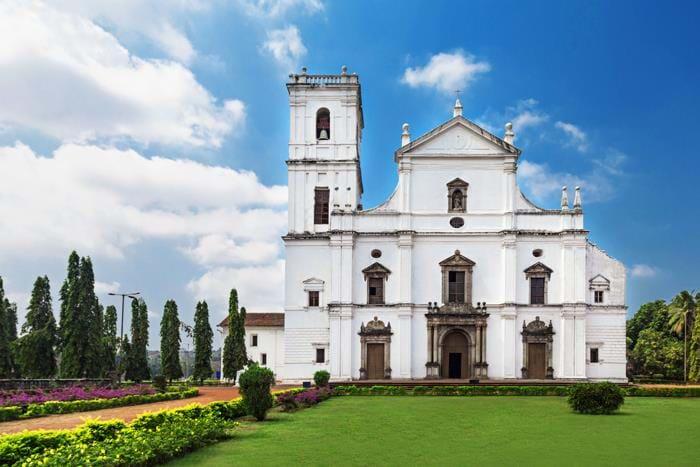
Church of Our Lady of the Mount
It is always good to get a view of a city and this can be achieved by visiting the Church of Our Lady of the Mount, around two kilometres from Se Cathedral. The small chapel on the hill was constructed in 1510 on the orders of Alfonso de Albuquerque after his armies claimed victory over the Goan Muslim ruler Yusuf Shah. It was renovated in 2001.
Wildlife spotting
As well as beaches and cities, Goa also boasts habitat that is home to a large number of species of wildlife. To escape the hustle and bustle of these other locations, venture into the countryside and spot creatures at one of the many animal sanctuaries in the region. Bondla, Cotigao and Bhagwan Mahavir are among the most beautiful. Nothing says India like seeing a resplendent kingfisher dart by.
